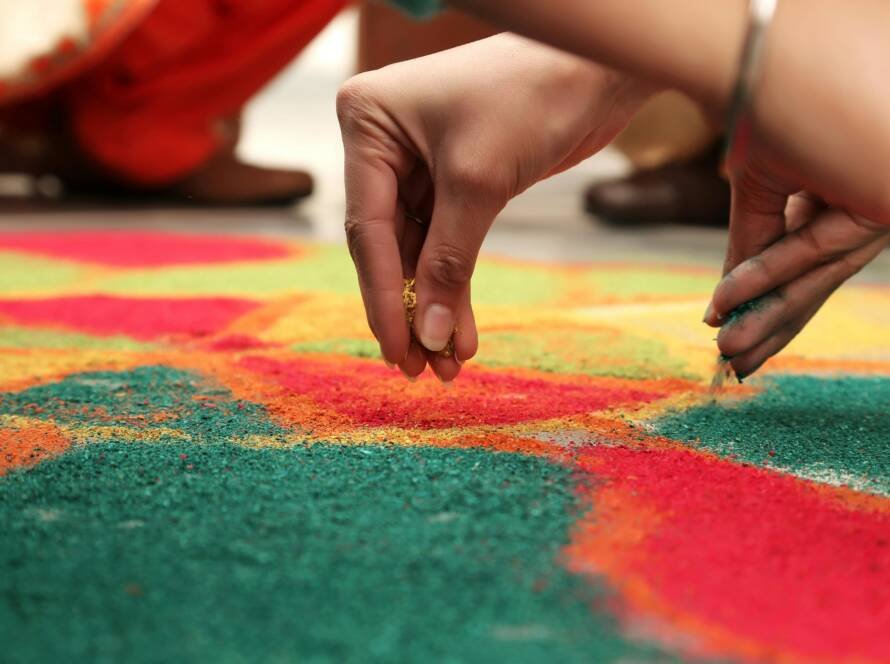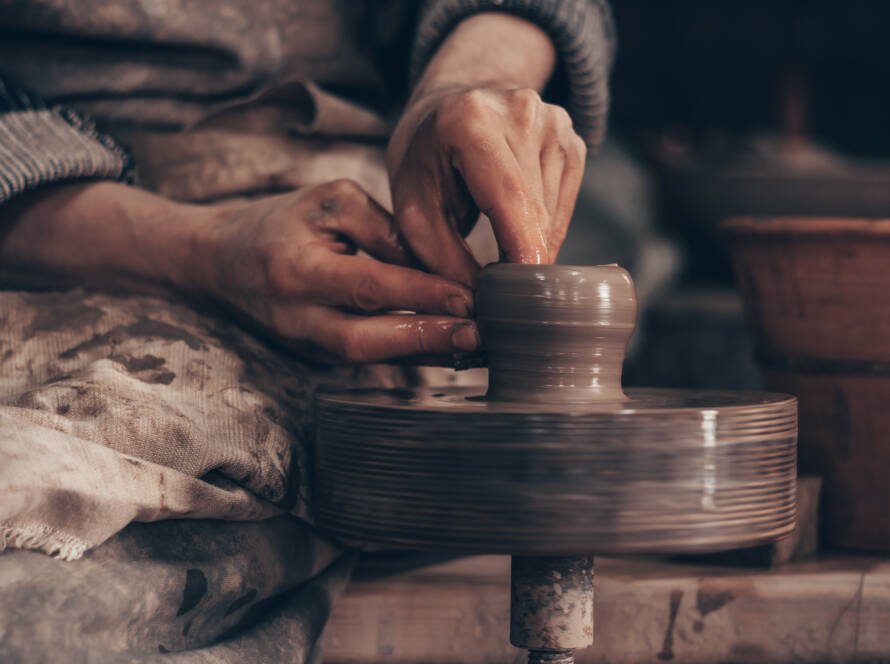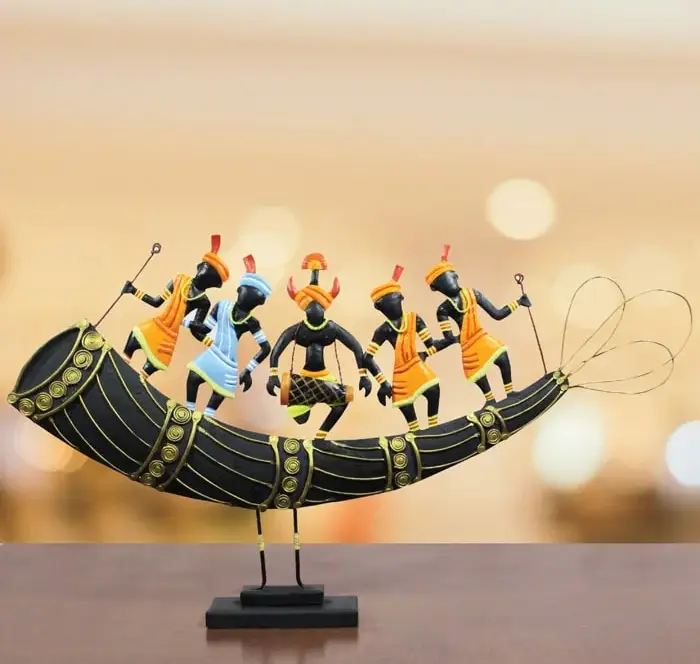Lippan Kaam: Mirror Work that Reflects Kutch Traditions
In the white, wind-swept expanses of Gujarat’s Rann of Kutch, where the desert sings its ancient lullaby and time moves to the rhythm of nomadic footsteps, walls whisper stories—stories etched not in ink, but in mud, mirrors, and memory. These are the walls adorned with Lippan Kaam—the dazzling folk art of Kutch that captures not only light but legacy.
Where Earth Meets Reflection
There is something deeply poetic about Lippan Kaam. At first glance, it’s decorative—mud-relief patterns studded with gleaming mirror fragments—but linger a little longer and you realize: it is the spirit of Kutch reflected in earth and light. Born from the hands of the Rabari and other pastoral communities, this art was never meant for galleries or grandeur. It was made for the bhungas—the circular mud homes—simple, earthen dwellings that held within them a universe of dreams, faith, and identity.
In the harsh arid landscape, where resources are scarce, what the people of Kutch had in abundance was imagination and soul. They turned walls into canvases, mud into poetry, and mirrors into metaphors—of the self, of the divine, and of the cosmos. Every motif in Lippan Kaam is meaningful: peacocks for beauty, elephants for strength, camels for endurance, and trees for life. The mirrors are not just embellishments; they are the sun’s blessings, capturing light during the day and reflecting it into the heart of the home at night.


The Sacred Geometry of Community
Lippan Kaam is more than an art form—it is a communal ritual. Women gather together with laughter and stories, mixing clay, shaping the dough, placing mirrors with rhythmic precision. The process is meditative—an act of creation and connection, of adorning space with intention and soul. There’s no sketching or planning; the patterns flow from memory, instinct, and cultural inheritance, passed down like lullabies and prayers.
This is art that belongs to everyone. It does not require literacy, only memory. It does not ask for wealth, only warmth. In a way, Lippan Kaam is the desert’s answer to opulence—it transforms minimalism into magnificence.
Echoes in the Modern World
Today, as the world rediscovers the value of slow living and handmade treasures, Lippan Kaam is finding a new rhythm. What once lived only on village walls now adorns urban homes, hotel lobbies, and curated exhibitions. And yet, its essence remains untouched. Each piece still carries with it the pulse of the desert, the laughter of women, the wisdom of grandmothers, and the sacred intimacy of home.
Why does Lippan Kaam still resonate, centuries after its origin? Perhaps because it reflects more than light. It reflects a way of life where beauty was not bought but built—patiently, lovingly, collectively. It reflects a relationship with nature that was respectful, reciprocal, and wise. It reminds us that ornamentation need not be loud to be meaningful; sometimes, it is in quiet mud and tiny mirrors that the grandest truths shine.
A Mirror to Our Roots
Lippan Kaam teaches us that even the humblest materials—mud from the earth and mirrors from a local shop—can become sacred when shaped by intention and tradition. It reminds us to value community over commerce, ritual over routine, and heritage over haste.
In a world that races ahead, Lippan Kaam invites us to pause, to reflect—literally and metaphorically. To see not just our faces in the mirror, but the faces of those who came before us, whose stories still shimmer on sunlit walls in the quiet corners of Kutch.
And so, the next time you see a piece of Lippan work, don’t just admire its shimmer—listen. It might be telling you a story you once knew, long ago. A story that still lives, waiting to be remembered.
Let us continue to cherish and celebrate such art forms that are more than mere decoration—they are cultural prayers embedded in craft. Follow us on social media to explore more soulful stories from India’s timeless traditions.
#LippanKaam #KutchTraditions #FolkArtIndia #Curriculture #IndianCraftRevival



